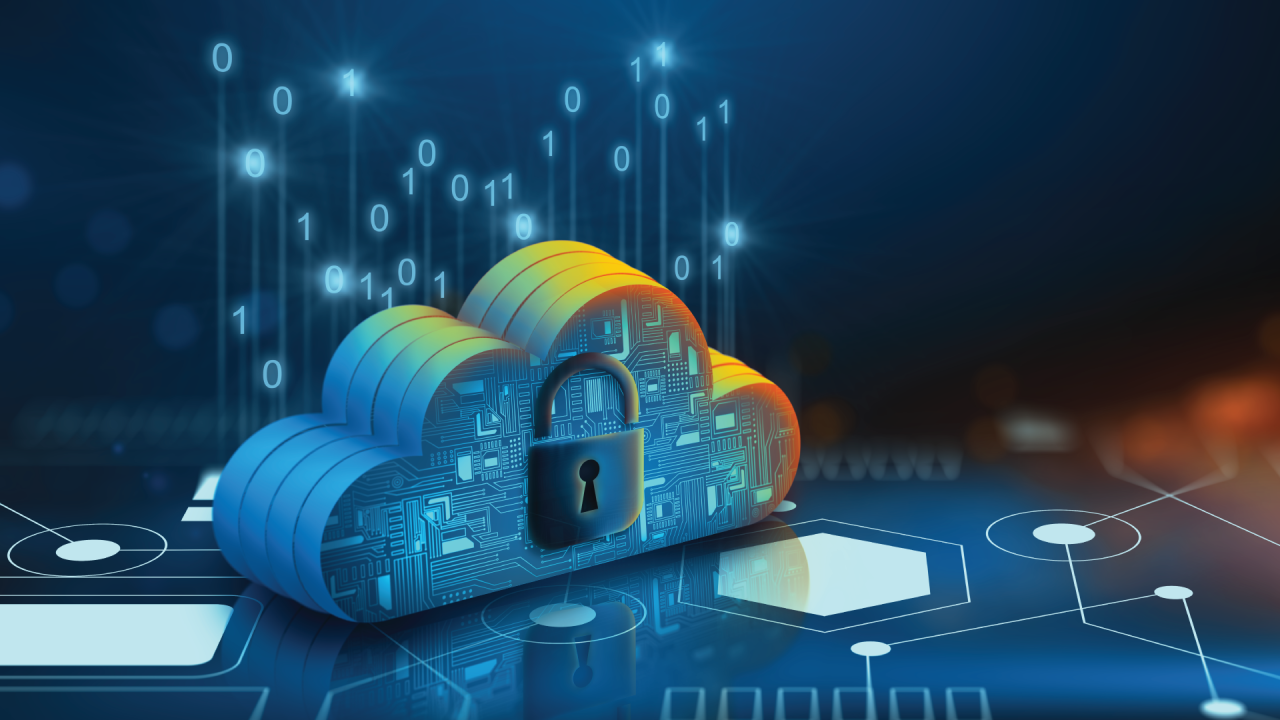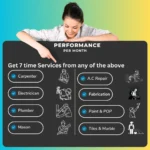Cloud Security: What You Need to Know

Cloud security what you need to know is a core topic for anyone handling online data today. As digital operations shift rapidly to the cloud, businesses and individuals face a growing number of threats. Understanding how cloud environments work—and how to secure them—is essential for preventing data loss, unauthorized access, and cyberattacks.
To master these skills, the CyberShield Mastery Course offers a complete learning path to secure cloud platforms, detect risks, and implement best practices. This article provides a comprehensive overview of cloud security you can act on right away.
Why Cloud Security Matters More Than Ever
Cloud computing brings flexibility, cost savings, and scalability. However, with these advantages come risks that many overlook. Weak access controls, unencrypted data, and misconfigured storage can lead to massive breaches.
Understanding cloud security what you need to know helps you:
- Protect sensitive customer or personal data
- Prevent business disruption due to cyberattacks
- Meet compliance requirements like GDPR, HIPAA, and ISO 27001
- Gain trust from customers, partners, and stakeholders
If you’re new to this topic, first explore What Is Cybersecurity and Why It Matters to build a strong foundation.
Cloud Security What You Need to Know: Key Threats
Knowing cloud security what you need to know starts with recognizing the most common threats that cloud users face today.
1. Misconfigured Cloud Storage
Publicly accessible storage buckets, left unprotected due to configuration errors, often expose sensitive data. This is one of the top reasons behind data breaches.
2. Insecure APIs
Unprotected APIs are easy entry points for attackers. Weak authentication, exposed endpoints, and unpatched vulnerabilities can all lead to data compromise.
3. Credential Theft
Stolen passwords or reused login credentials can give attackers full access to cloud systems. Learn how to protect your logins in Password Security: Tips to Stay Safe.
4. Insider Threats
Disgruntled employees or careless users within your organization can compromise security. Review Cybercrime Cases You Should Learn From to understand real-world scenarios.
The Shared Responsibility Model
One of the most misunderstood aspects of cloud security what you need to know is the shared responsibility model. Cloud providers like AWS, Google Cloud, and Azure secure the infrastructure, but the user is responsible for:
- Data encryption
- Access controls
- Network settings
- Application-level security
Many incidents occur because users assume the provider handles everything.
Essential Cloud Security Practices
Implement Multi-Factor Authentication (MFA)
Add an extra layer of protection to prevent account hijacking.
Encrypt Data in Transit and at Rest
Use cloud-native tools to ensure that your files and communications are protected at all times.
Use Identity and Access Management (IAM)
Grant only necessary permissions. Misuse of admin rights is one of the fastest ways systems are compromised.
Monitor Activity Logs
Cloud platforms provide logs of every activity. Use these logs to detect suspicious behavior early.
For more hands-on tools, see Cybersecurity Tools You Should Learn.
Recommended Tools for Cloud Security
Learning cloud security what you need to know includes being familiar with trusted tools that streamline protection:
- AWS Security Hub – Aggregates and prioritizes findings
- Microsoft Defender for Cloud – Protects hybrid environments
- Google Cloud Armor – Defends against DDoS attacks
- CrowdStrike Falcon – Monitors cloud workloads
- Cloudflare – Filters DNS traffic and prevents bot attacks
All of these tools are demonstrated in CyberShield Mastery through practical use cases.
Cloud Compliance: What You Need to Meet
Depending on your business type, you may need to follow specific cloud compliance requirements. These are vital components of cloud security what you need to know:
- GDPR – Protects personal data of EU citizens
- HIPAA – Covers patient information in healthcare
- PCI-DSS – Governs handling of credit card data
- ISO/IEC 27017 – International standard for cloud security
The CyberShield course teaches how to apply these policies in real-world cloud environments.
Career Scope in Cloud Security
Professionals who understand cloud security what you need to know are highly valued. Common roles include:
- Cloud Security Architect
- DevSecOps Engineer
- Security Operations Analyst
- Cloud Risk Officer
You can fast-track your journey by pursuing certifications listed in Top Certifications in Cybersecurity, such as AWS Certified Security, CCSP, and Google Cloud Security Engineer.


 Subscription
Subscription Performance Subscription
Performance Subscription Premium Subscription
Premium Subscription Base Subscription
Base Subscription Furniture
Furniture Bed
Bed Kitchen
Kitchen Almirah and Wardrobe
Almirah and Wardrobe LCD Cabinet
LCD Cabinet Verified Partner
Verified Partner Earn Money
Earn Money

 AI & Data Science
AI & Data Science Business & Startup
Business & Startup Cybersecurity & Cloud
Cybersecurity & Cloud E-commerce & Sales
E-commerce & Sales Marketing & Growth
Marketing & Growth Web/App Development
Web/App Development